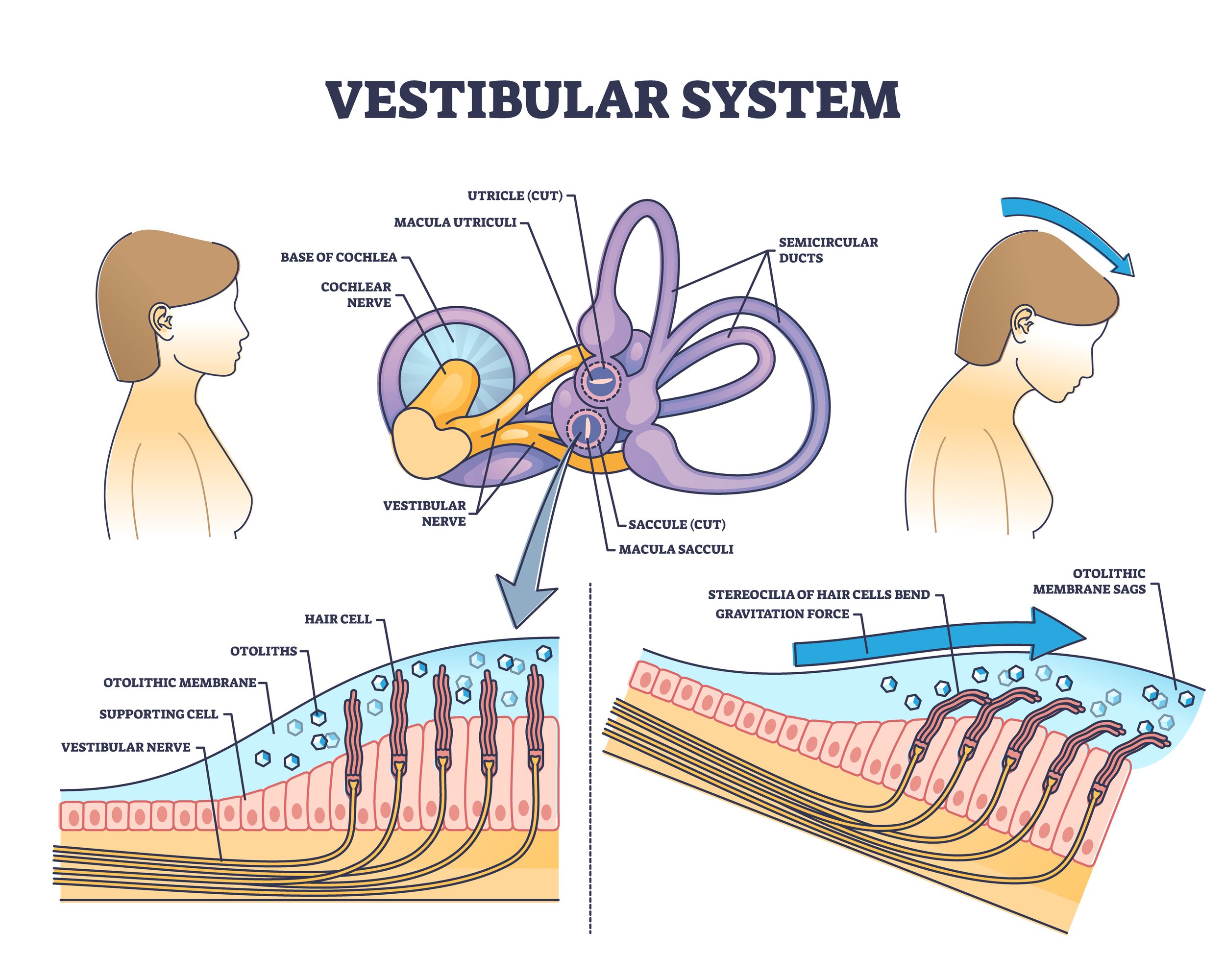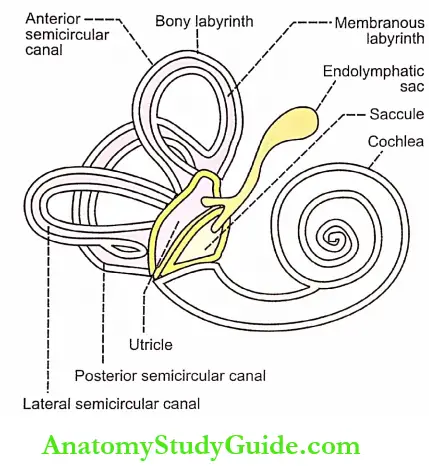Freezing of gait Overcoming the Challenges Faced by Individuals with Biology Diagrams Human vestibular system of the semicircular canals in the inner ear. The vestibular system, in vertebrates, is a sensory system that creates the sense of balance and spatial orientation for the purpose of coordinating movement with balance. Together with the cochlea, a part of the auditory system, it constitutes the labyrinth of the inner ear in most mammals. Balance is the ability to maintain the body's center of mass over its base of support. 1 A properly functioning balance system allows humans The vestibular system sends motor control signals via the nervous system to the muscles of the eyes with an automatic function called the vestibulo-ocular reflex (VOR). The human balance system

Peripheral vestibular system. The five organs within your inner ear that sense information your body needs to maintain balance — like your posture, position and movement. Usually, when people say "vestibular system," they mean the balance organs in your inner ear. Central vestibular system.

Human nervous system - Vestibular, Sensory, Motor Biology Diagrams
The vestibular system is an essential body function that helps humans maintain postural balance and spatial orientation in response to environmental changes (see Image. Vestibulocochlear System). Starting from the inner ear, a complex interplay among constituents in the vestibular pathway allows sensory information to reach multiple bodily destinations and make simultaneous outputs. The Human Balance System. How the balance system uses sensory input from the eyes, muscles and joints, and inner ear to maintain balance and stable vision. Peripheral Vestibular System. The vestibular system can be divided into two main systems: the central system (the brain and brainstem) and the peripheral system (the inner ear and the There is a vestibular apparatus within each ear so under normal circumstances, the signals being sent from each vestibular system to the brain should match, confirming that the head is indeed rotating to the right, for example. such that the posterior and anterior canals on opposite sides of the body are aligned in the same direction

Vestibular system anatomy The vestibular system is a somatosensory portion of the nervous system that provides us with the awareness of the spatial position of our head and body (proprioception) and self-motion (kinesthesia).). It is composed of central and peripheral portions. The peripheral portion of the vestibular system consists of the vestibular labyrinth, vestibular ganglion, and The ear is a sensory organ that picks up sound waves, allowing us to hear. It is also very important for our sense of balance: the organ of balance (the vestibular system) is found inside the inner ear. The vestibular system is made up of three semicircular canals and two otolith organs, which are found diagonally under the semicircular canals. Each of the semicircular canals is filled with

